Topic: Biomorphic Topologies
Date: May 27 – 28, 2023
Time: 12:00 – 16:00 GMT
Format: Online on Zoom
Duration: 2 Sessions (8 Hours)
Registration Deadline: May 26, 2023
Total Seats: 50 seats
Difficulty: Beginner
Language: English
Certificate: Yes
Fee for Digital Members: €90 (15% discount for Digital Members)
Early Registration Fee: €105
General Registration: €120
Organized By: PAACADEMY
Tutor: Andreas Palfinger
Recordings: Recordings will be available for all participants afterward indefinitely.
Biomorphic Topologies Workshop:
The workshop ‘Biomorphic Topologies’ offers an in-depth introduction to organic-parametric design tools for architects and designers, using Cinema 4D and Corona Renderer. Students will learn to use the advantages of a CGI software in the context of various design stages – from concept models, sculpted geometries, and procedural architectural details to environments and animations. Additionally, the workshop covers rendering and post-processing, using Corona Renderer, Adobe Photoshop, and Adobe After Effects.
Scope of the Workshop:
Starting from a beginner’s level, the workshop procedurally introduces increasingly complex and interconnected workflows to create parametric systems and animations in Cinema 4D. Each tutorial in the workshop uses different architectural projects as vehicles to learn various operations: covering biomorphic pavilions and skyscrapers, faceted interiors, animated facades, organic objects, and scene environments. Every project introduces different methods and workflows, including powerful tools such as MoGraph Effectors, Volume Builder, and Cloner. As CGI software Cinema 4D is best equipped to bring geometries to life and introduce animation to parametric geometries. Using the Corona render engine, students will learn how to use materials, light, cameras, and environments, as well as a post-processing workflow in Adobe Photoshop for images and Adobe After Effects for time-based animations. The introduction lecture ›A holistic approach to design: speculative futures and organic hybrids‹ will provide insights into relevant projects from the worlds of design, fine art, architecture, and fashion and will introduce geometric processes we can find in nature and biology.
Methodology:
The workshop covers various workflows to use Cinema 4D’s tools to create parametric geometry, animations, and renderings.
- Introduction to Splines, Mesh, and Subdivision Surfaces
- Interconnected parametric tools and workflows using MoGraph Effectors and Fields, Volume Builder, Cloner, Atom Array, Voronoi Fracture, Displacements and many more.
- Combining keyframe animation with the parametric tools above
- Sculpting tools
- Introduction to Corona Render workflow (materials, lights, camera, environments, etc)
- Image Post-Production in Adobe Photoshop.
- Video Post-Production in Adobe After Effects
The assignments will be conducted individually.
Objectives:
Students will be able to use and interconnect various parametric workflows in Cinema 4D. They will learn to work with spline- and mesh-based geometry, subdivision surfaces, sculpting tools, and procedural operations such as the MoGraph Effectors and Fields, Volume Builder, Cloner, Atom Array, Voronoi Fracture, Displacements, and many more. Additionally, students will be introduced to keyframe animations. The workshop teaches to set up a rendering workflow using materials, lights, cameras, and environments to create high-quality renderings with Corona Renderer, as well as post-processing in Adobe Photoshop and After Effects.
Program:
Day 1, May 27th
- Introduction
- Lecture: A holistic approach to design: speculative futures and organic hybrids I
- Introduction Session to Cinema 4D
- Tutorial 1: Exoskeleton Tower.
- Tutorial 2: Biomorphic Highrise.
- Tutorial 3: Faceted Interiority.
- Assignment 1.
- Q&A session.
Day 2, May 28th
- Lecture: A holistic approach to Design: speculative futures and organic hybrids II
- Tutorial 4: Parametric Facade + Animation
- Tutorial 5: Organic Objects
- Tutorial 6: Scenes and Environments
- Tutorial 7: Rendering with Corona Renderer and Adobe Photoshop
- Assignment 2
- Q&A session.
Software:
- Cinema 4D: 14-day demo version is available, and an educational License is for $10 for 6 months.
- Corona Renderer for Cinema 4D: 30-day test version is available, and the educational licensed option is for $5.40 per month.
- Adobe Photoshop and Adobe After Effects: 7-day free trial available.
Important Notes:
- The Biomorphic Topologies workshop by PAACADEMY will start on Saturday, May 27th, 2023, at 12:00 GMT.
- Total sessions: 2 sessions (8 Hours).
- Daily Schedule: 12:00 – 16:00 GMT.
- The entire studio will be recorded, and videos will be available for participants just a day after the class for an unlimited time.
- PAACADEMY will provide a certificate of attendance for students.
- The studio has limited seats. Tickets are non-transferable & non-refundable. Please read before you purchase.
- Please be informed that we won’t be able to provide any license, invitation, or educational account, for any of the software listed above. Having the software with a proper license and installing them on the computer is the responsibility of the attendees.
Instructor:
Andreas Palfinger
Andreas Palfinger is a New York-based interdisciplinary artist and architectural designer, practicing within the frameworks of virtual scenography, organic-parametric geometry, and functional fiction. He embraces critical and speculative approaches, articulated in time-based media, CGI, writing, and sculpture. Andreas uses artistic strategies and research to reflect on topics such as post-apocalyptic societies, biased algorithms, the deconstruction of democracies, and speculative biology.
Andreas worked as a designer for the future-oriented design studio Superflux in London and for CERN (European Organization for Nuclear Research), co-creating architectural sets for a VR fashion show and AR theater performances, and recently directed and produced an award-winning short film in Unreal Engine, with special focus on digital architectural worldbuilding. He currently works and lives in New York City as a Fulbright scholarship grantee, studying in the Master of Architecture program at Pratt Institute, Graduate School of Architecture and Urban Design. Andreas holds a Magister (Masters degree) from Die Angewandte, University of Applied Arts Vienna (graphic design, industrial design, painting, and animated Film) and studied at Bauhaus University Weimar.
Recent exhibitions include the European Forum Alpbach, Vienna Biennale, Berlin Museum of Communication or Belvedere 21, and Architektur-Zentrum in Vienna. He got honored internationally at the Art Directors Club of Europe Awards, the International Design Awards, the Red Dot Awards, the Dezeen Awards, and the New York International Film Awards.
Topic: Biomorphic Topologies
Date: May 27 – 28, 2023
Time: 12:00 – 16:00 GMT
Format: Online on Zoom
Duration: 2 Sessions (8 Hours)
Registration Deadline: May 26, 2023
Total Seats: 50 seats
Difficulty: Beginner
Language: English
Certificate: Yes
Fee for Digital Members: €90 (15% discount for Digital Members)
Early Registration Fee: €105
General Registration: €120
Organized By: PAACADEMY
Tutor: Andreas Palfinger
Recordings: Recordings will be available for all participants afterward indefinitely.





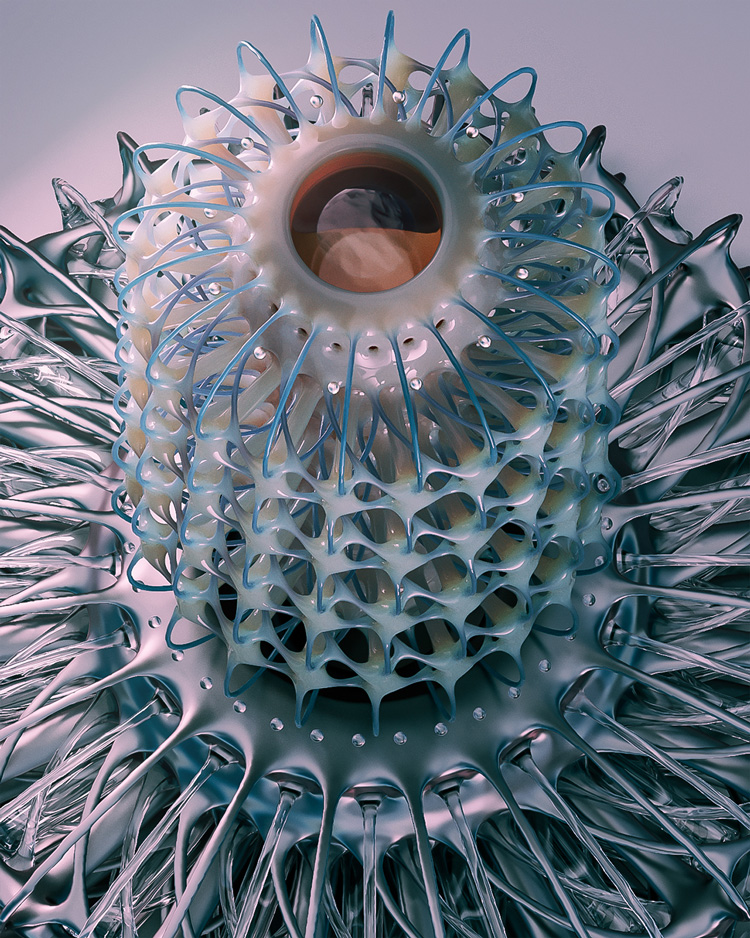
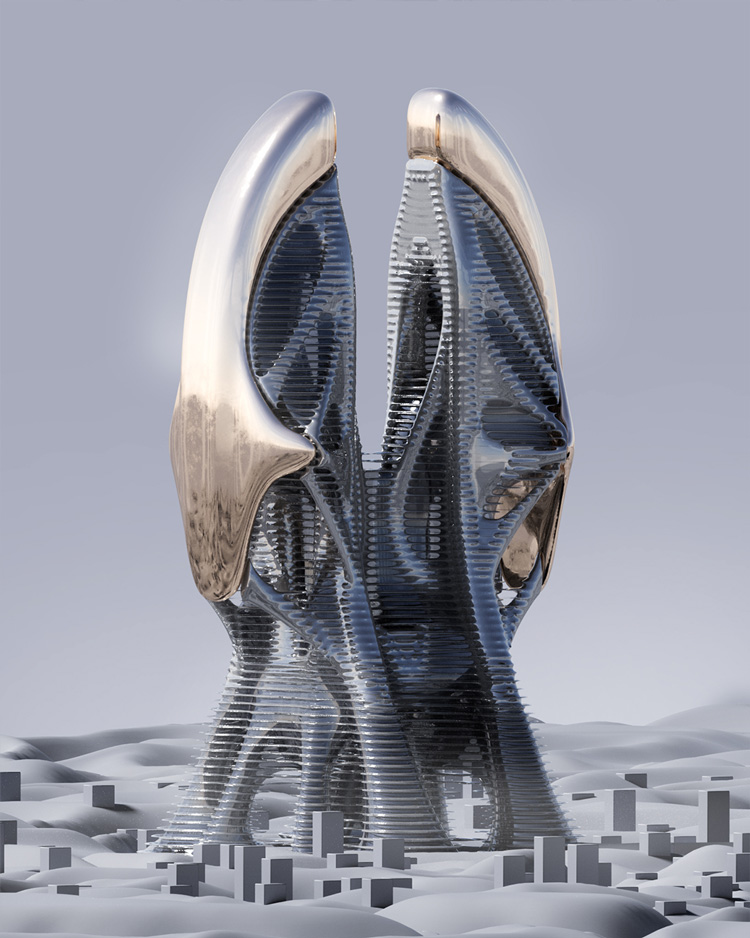
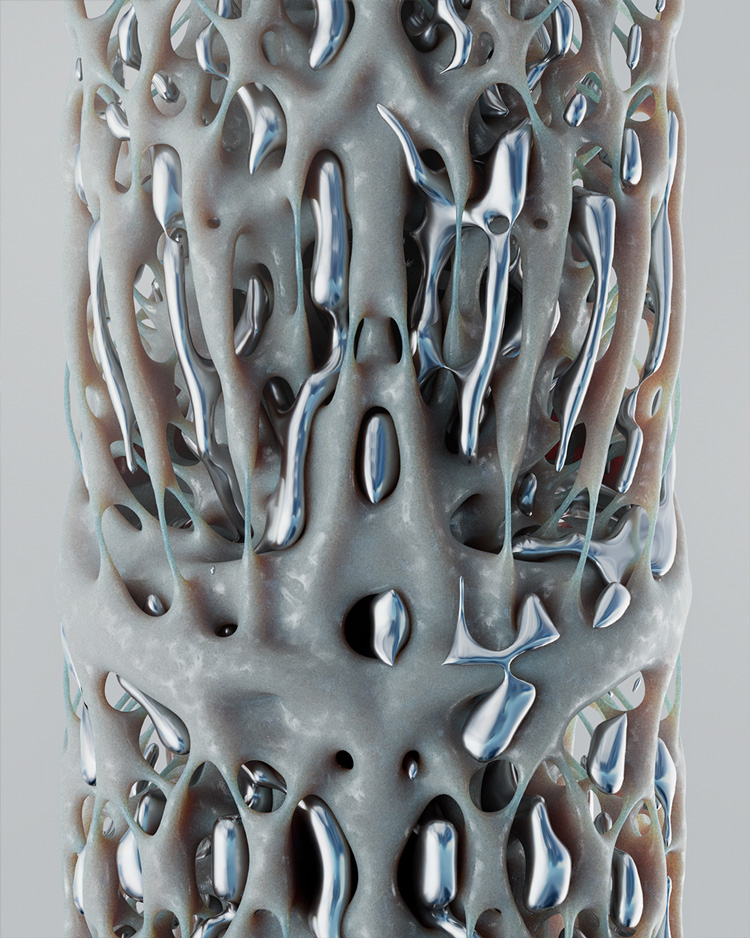
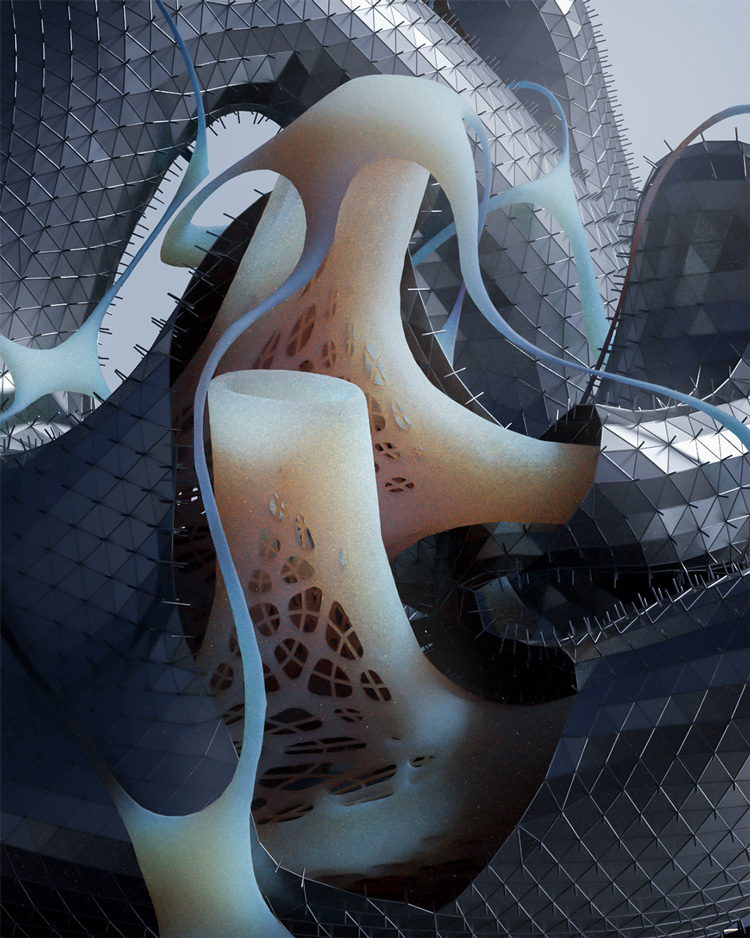
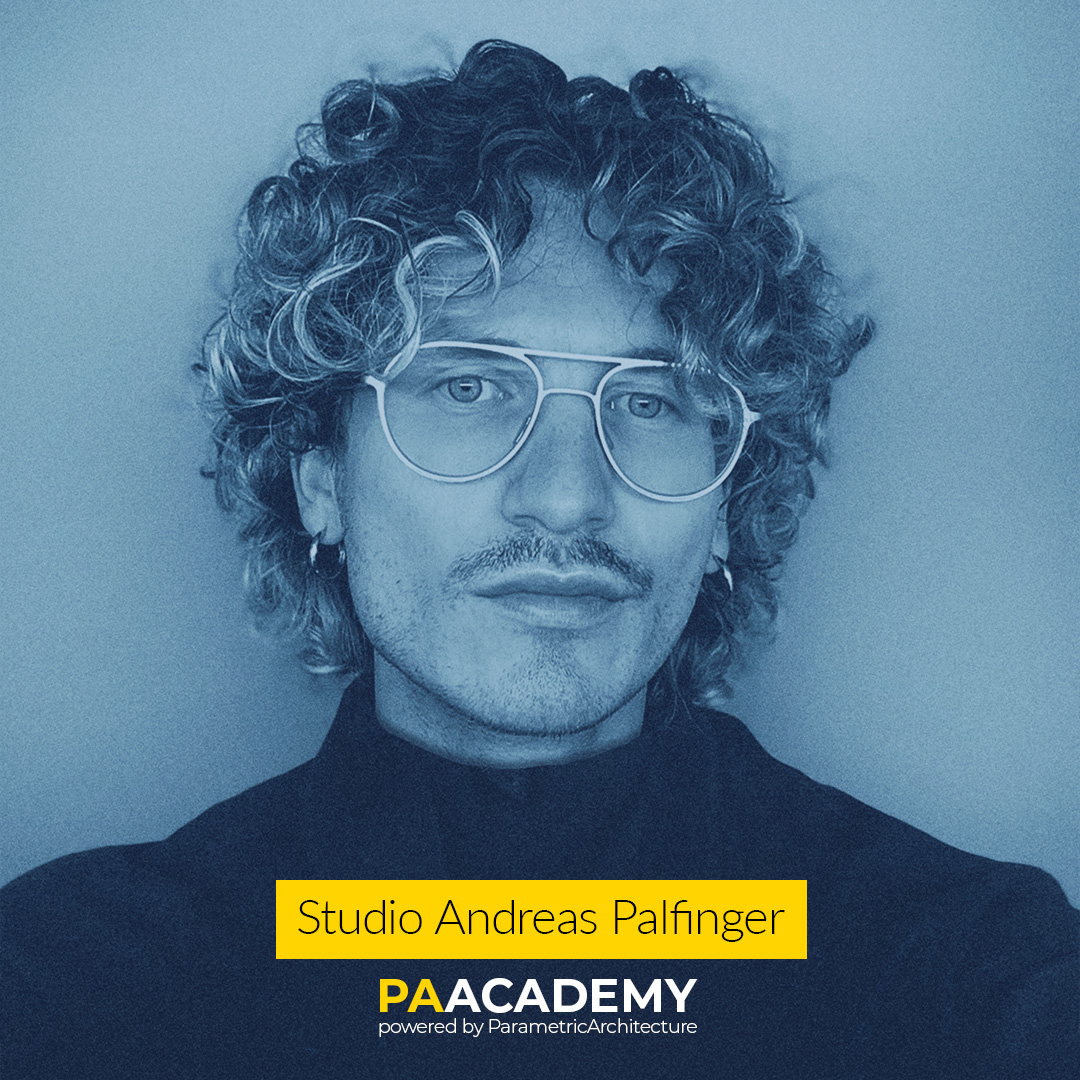














Leave a comment